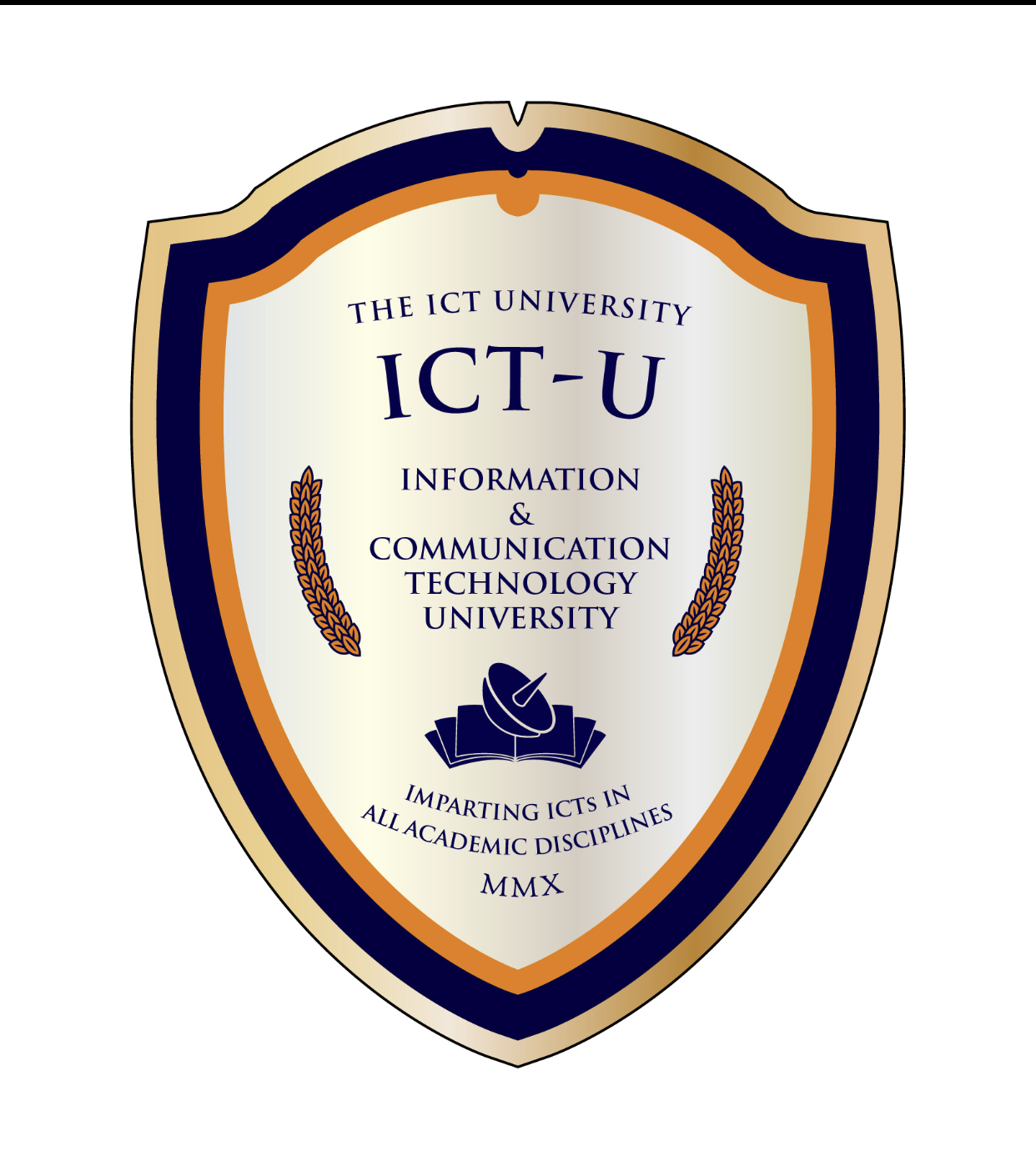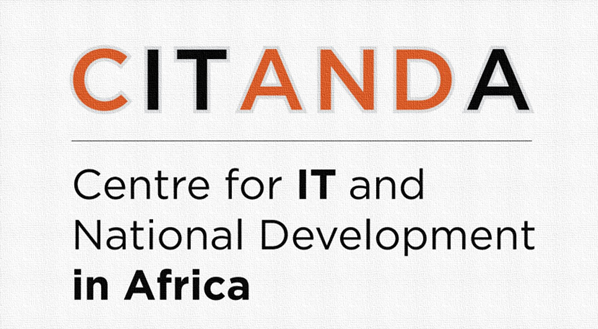Abstract
The pervasiveness of public sector corruption has been a major concern by successive governments and their citizenry. In order to curb such corruption, previous studies have focused on the anti-corruption strategies adopted by governments in isolation, but little or no study has focused on the interactions of the anti-corruption strategies. Using the concept-centric approach, we reviewed 91 studies systematically to understand the trends of government anti-corruption strategies. From the synthesized studies, we identified three dominant themes of anti-corruption strategies and their associated concepts. In addition, we also identified one dimension that captures information technology (IT) as a vehicle that enhances corrupt practices in the public sector. The identified themes include traditional, technological, transparency, and accountability anti-corruption strategies. We leveraged the identified themes and their associated concepts to develop a conceptual model that could explain the trends of anti-corruption strategies for curbing the public sector corruption. Our findings suggest that there are things we still need to know, particularly in the case of IT anti-corruption strategies that have been misused for corrupt purposes, especially in the context of e-government systems’ adoption in the public sectors as a new stream of IS research.


